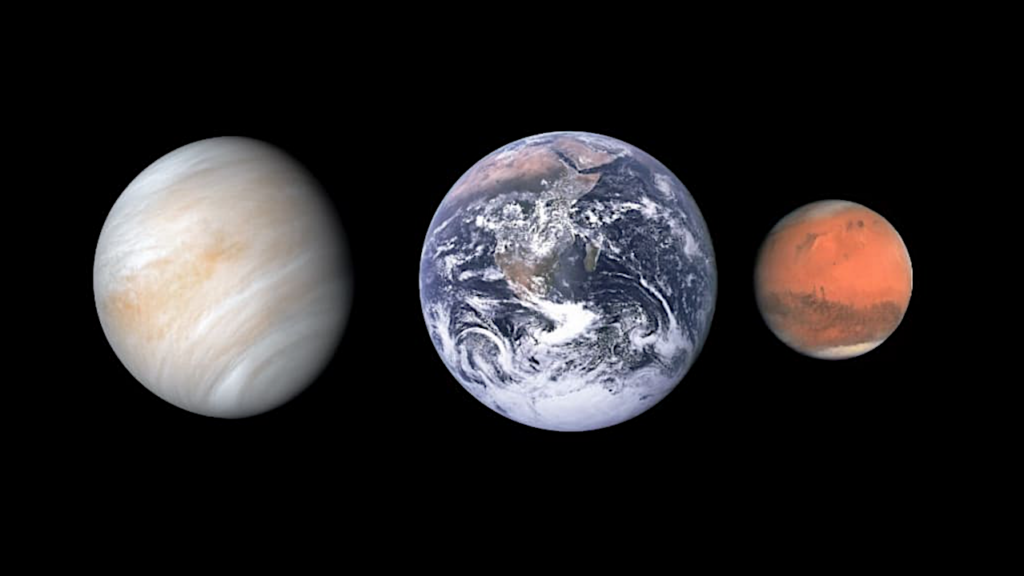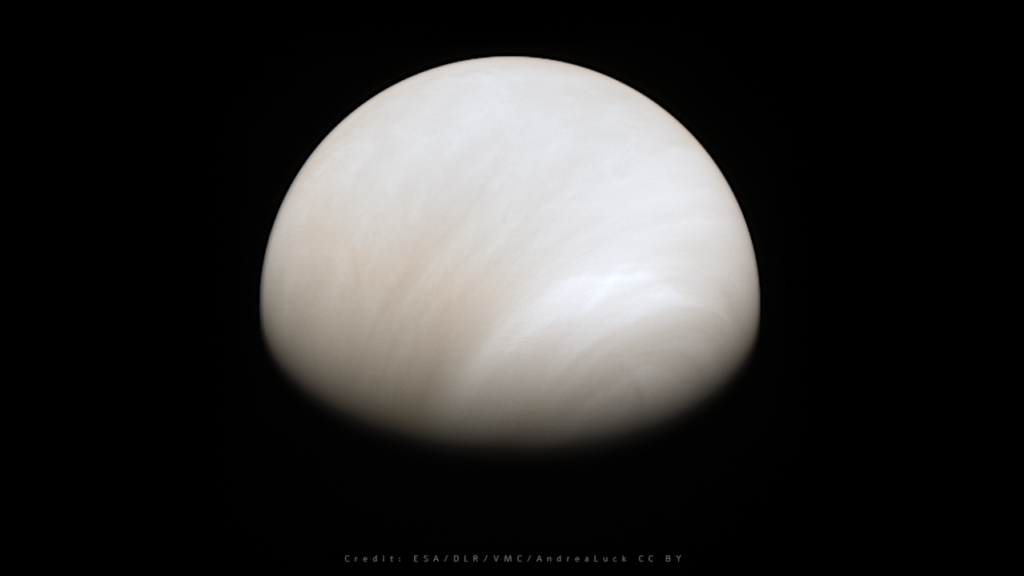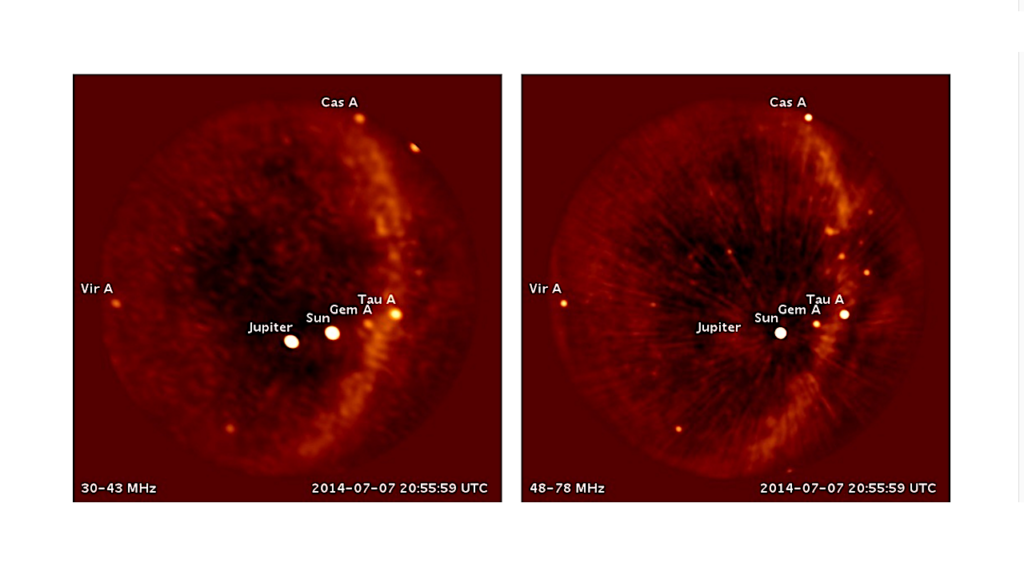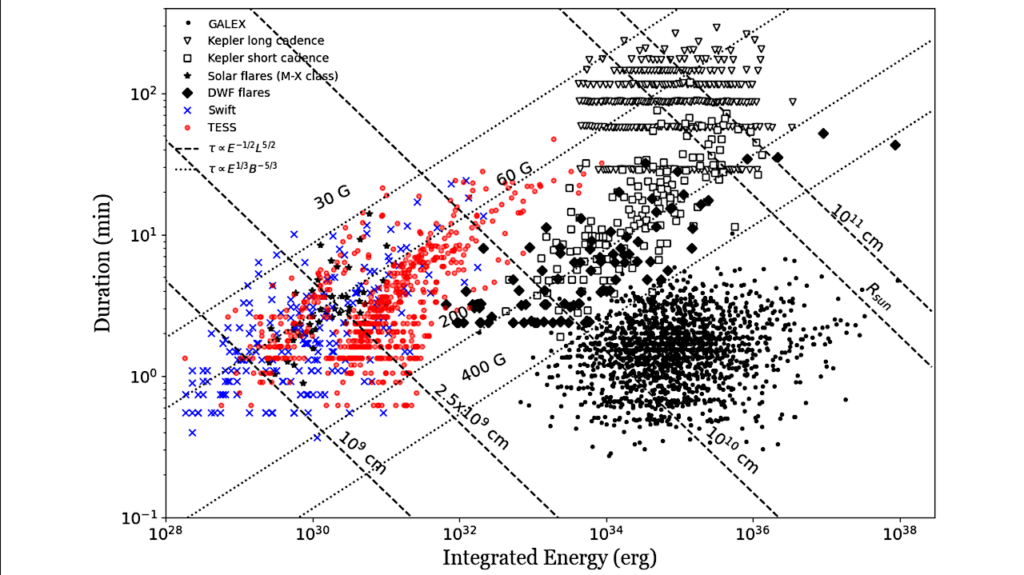Formation Of Aqua Planets With Water Of Nebular Origin

Recent detection of exoplanets with Earth-like insolation attracts growing interest in how common Earth-like aqua planets are beyond the solar system.
While terrestrial planets are often assumed to capture icy or water-rich planetesimals, a primordial atmosphere of nebular origin itself can produce water through oxidation of the atmospheric hydrogen with oxidising minerals from incoming planetesimals or the magma ocean. Thermodynamically, normal oxygen buffers produce water comparable in mole number to or more than hydrogen.
Thus, the primordial atmosphere would likely be highly enriched with water vapour; however, the primordial atmosphereshave been always assumed to have the solar abundances. Here we integrate the 1D structure of such an enriched atmosphere of sub-Earths embedded in a protoplanetary disc around an M dwarf of 0.3M⊙ and investigate the effects of water enrichment on the atmospheric properties with focus on water amount.
We find that the well-mixed, highly-enriched atmosphere is more massive by a few orders of magnitude than the solar-abundance atmosphere, and that even a Mars-mass planet can obtain water comparable to the present Earth’s oceans. Although close-in Mars-mass planets likely lose the captured water via disc dispersal and photo-evaporation, these results suggest that there are more sub-Earths with Earth-like water contents than previously predicted.
How much water terrestrial planets really obtain and retain against subsequent loss, however, depends on efficiencies of water production, mixing in the atmosphere and magma ocean, and photo-evaporation, detailed investigation for which should be made in the future.
Formation of aqua planets with water of nebular origin: Effects of water enrichment on the structure and mass of captured atmospheres of terrestrial planets
Tadahiro Kimura, Masahiro Ikoma
Comments: 14 pages, 11 figures, accepted for publication in MNRAS
Subjects: Earth and Planetary Astrophysics (astro-ph.EP)
Cite as: arXiv:2006.09068 [astro-ph.EP] (or arXiv:2006.09068v1 [astro-ph.EP] for this version)
Submission history
From: Tadahiro Kimura
[v1] Tue, 16 Jun 2020 10:56:02 UTC (2,011 KB)
https://arxiv.org/abs/2006.09068
Astrobiology








